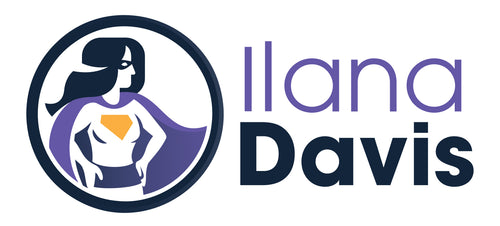Grouping variants into one product is better than multiple products
Published: July 06, 2021
This question of multiple variants in one product or multiple products comes up quite often.
In most cases, it makes sense to group variants together into one product. The rare occasion I recommend using individual products, is typically because the Shopify store only has one or two products. (There’s always edge cases but this is for the majority.)
I’ve written in the past about determining when to use variants vs individual products. There are a few reasons I continue to encourage grouping of variants.
Duplicate Content
When breaking variants into individual products, you run the risk of having duplicate content. The product description is usually identical. Fabric, designs, or colors for examples are the differentiator.
The concern for duplicate content is when the majority (80-100%) of the content is the same.
When Google finds substantive blocks of content that completely matches or are mostly similar, they will pick a page with the best content and ignore the rest. They try hard to only index pages that have distinct information.
Duplicate content doesn’t usually give me a reason to be concerned unless the intent is to be manipulative to search results. Duplicate content just doesn’t help in any way.
It is possible to be removed completely from Google if they determine malicious intent, so it’s best to avoid duplicate content whenever possible.
When variants are grouped into one product, Google doesn’t see different pages so you aren’t at risk of duplicate content. That’s why having the variants under one product eliminates this issue altogether.
Enhanced Search Results
Keeping variants under one product allows you to use one URL (avoiding the duplicate content issue). You can also show more than one variant in search results.
Using variants instead of individual product qualifies you for search enhancements. Examples include showing:
- price ranges (e.g $9.99 to $21.99),
- multiple images in Image Search results tied to the same url, and
- product availability per variant (where one variant is in stock and another is out of stock).
Customer Experience
The biggest reason I advocate for grouping variants into one product page, is the customer experience.
The first priority with any Shopify site should be around customer satisfaction, then conversions.
SEO is moving in the direction of improved user experience. Hence why Google’s Core Web Vitals focuses on user experience.
Some customers are like my husband when they shop. He finds one shirt he likes and ends up buying a bunch of the same shirt in different colors. Imagine his frustration if all he saw was a red shirt. Of course not realizing the same shirt is available in blue, black or white but he didn’t see it because they were individual products on different pages.
Or the customers who want to buy the same toy for their twins. One gets the jungle theme and the other with unicorns so the kids know which toy belongs to which kid. Much harder to do if they can’t see all the patterns in one simple view.
There isn’t a hard and fast rule that says you can’t break variants into their own products. I just don’t typically recommend it.
JSON-LD for SEO
Get more organic search traffic from Google without having to fight for better rankings by utilizing search enhancements called Rich Results.




